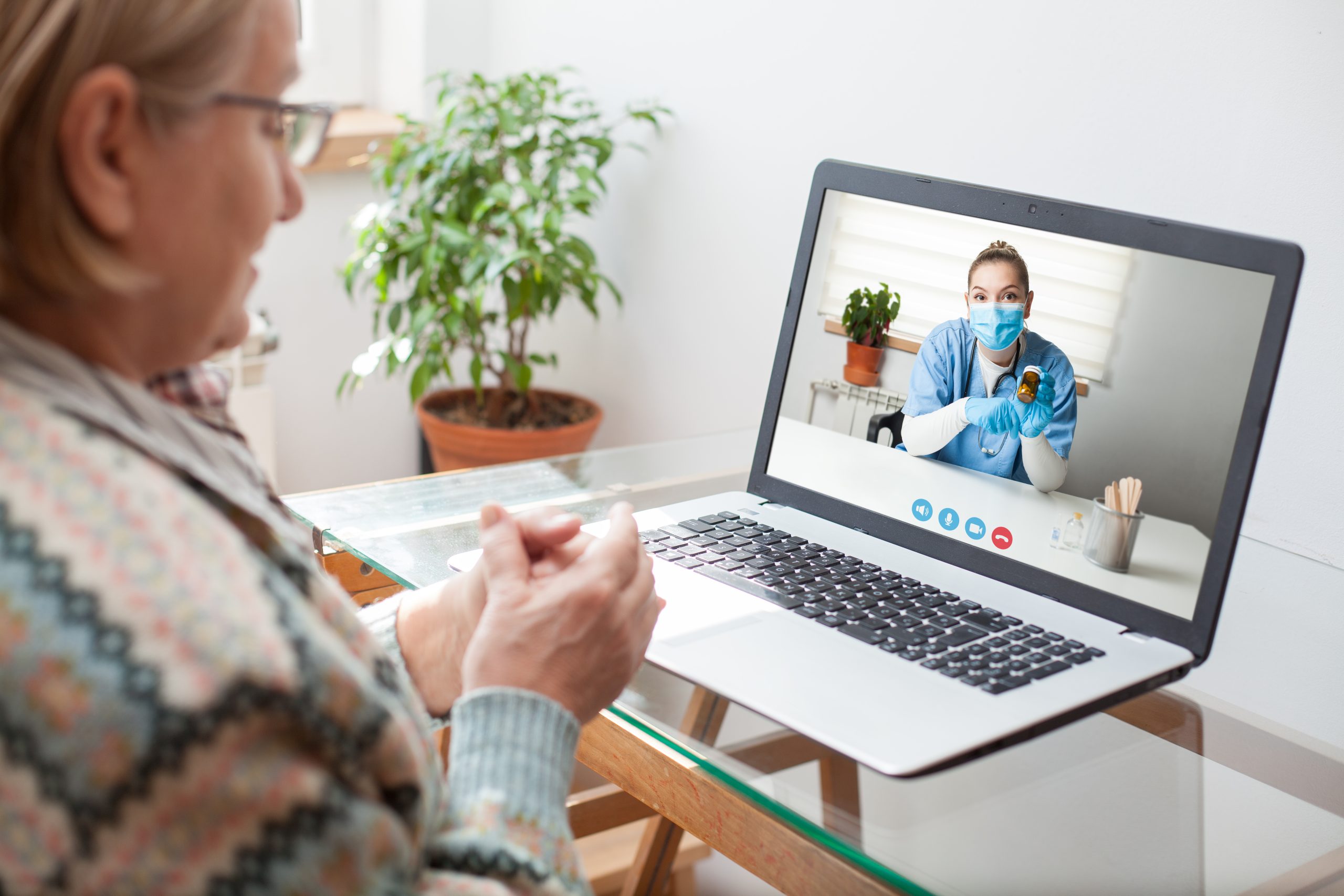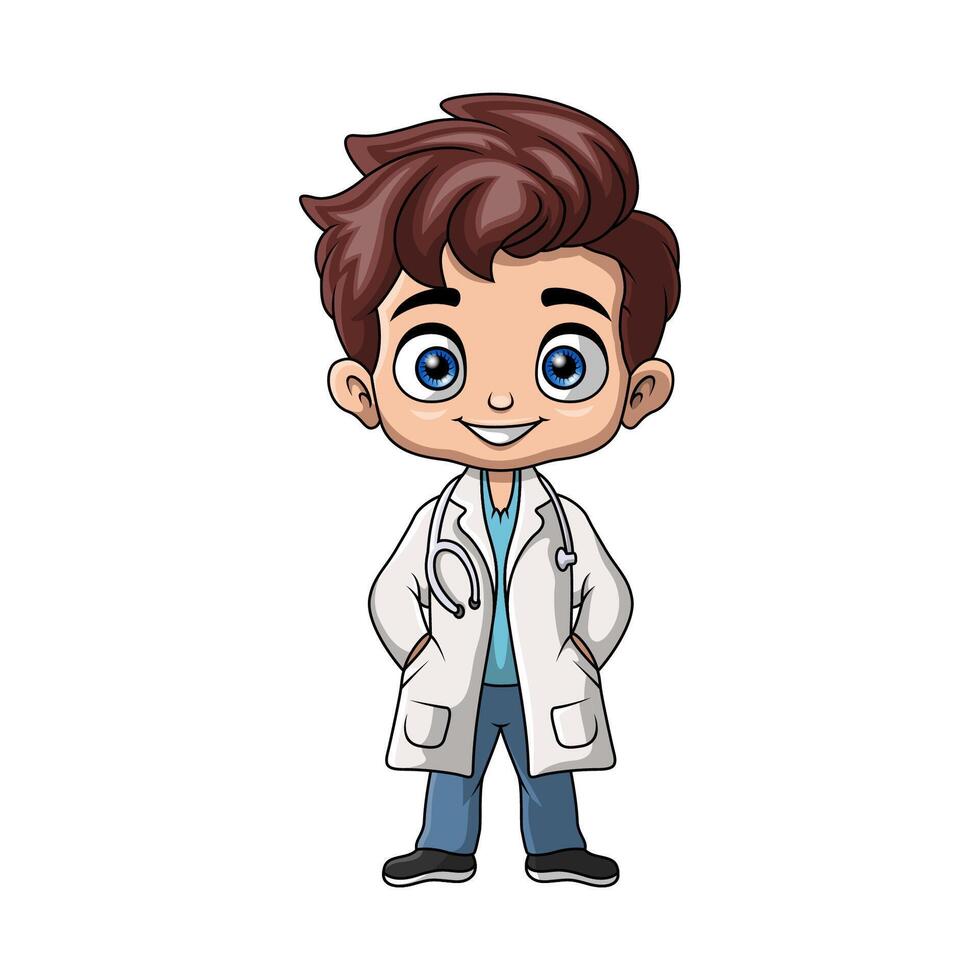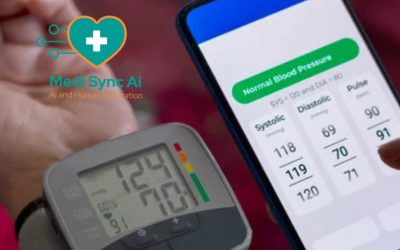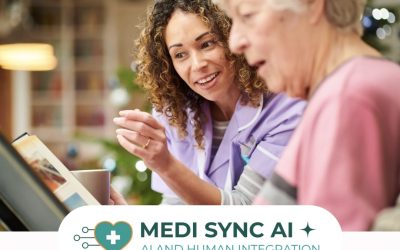Introduction
In recent years, Remote Patient Monitoring (RPM) has emerged as a transformative approach in healthcare, allowing providers to monitor patients’ health data from the comfort of their homes. This technology not only enhances patient care but also optimizes healthcare resources, making it a vital tool in the management of chronic diseases. With the increasing prevalence of conditions such as diabetes, hypertension, and heart disease, RPM equipment has become essential for both patients and healthcare providers.
As healthcare continues to shift towards a more patient-centered model, understanding RPM and its associated technologies is crucial for patients seeking to manage their health effectively. This post aims to equip readers with comprehensive knowledge about remote patient monitoring equipment and its implications for personal health management.
What is Remote Patient Monitoring Equipment?
Remote Patient Monitoring (RPM) refers to the use of technology to monitor patients’ health data outside traditional clinical settings. RPM equipment encompasses a wide range of devices that collect and transmit health information to healthcare providers for analysis and intervention. These devices can track various vital signs, including heart rate, blood pressure, glucose levels, and more.
The primary goal of RPM is to facilitate continuous patient care by enabling healthcare providers to receive real-time data on their patients’ health status. This proactive approach allows for timely interventions, reducing the need for hospital visits and improving overall patient outcomes. By leveraging advancements in technology, such as the Internet of Things (IoT) and mobile applications, RPM enhances the efficiency of healthcare delivery while empowering patients to take charge of their health.
Common Types of Remote Patient Monitoring Equipment
Wearable Devices
Wearable devices are among the most popular forms of RPM equipment. These gadgets include smartwatches and fitness trackers that monitor various health metrics such as heart rate, physical activity levels, and sleep patterns. Devices like the Fitbit or Apple Watch not only track fitness but can also alert users to irregularities in their heart rate or other vital signs. Such continuous monitoring helps individuals stay informed about their health status and encourages proactive management.
In-Home Monitoring Devices
In-home monitoring devices are designed for specific medical purposes. Common examples include:
- Blood Pressure Monitors: These devices help patients manage hypertension by providing regular readings that can be shared with healthcare providers.
- Glucometers: Essential for diabetes management, glucometers allow patients to monitor their blood glucose levels conveniently.
- Pulse Oximeters: Used primarily for patients with respiratory conditions, these devices measure oxygen saturation levels in the blood.
These tools are typically easy to use and provide critical data that can be transmitted directly to healthcare providers.
Telehealth Kits
Telehealth kits combine various monitoring devices into a single package that can be used for comprehensive patient assessment. These kits often include multiple sensors (like ECG monitors or thermometers) along with a tablet or smartphone app for data transmission. Telehealth kits facilitate virtual consultations between patients and healthcare professionals, making it easier to manage chronic conditions without frequent office visits.
How RPM Equipment Works
RPM equipment operates through a systematic process involving several key components:
- Data Collection: Patients use RPM devices to collect health data regularly. These devices are often equipped with sensors that automatically measure vital signs.
- Data Transmission: The collected data is transmitted securely via Bluetooth or Wi-Fi to a centralized platform where healthcare providers can access it.
- Data Analysis: Healthcare professionals analyze the incoming data using specialized software that may incorporate artificial intelligence (AI) for predictive analytics.
- Patient Feedback: Based on the analysis, clinicians can provide timely feedback or recommendations directly to patients through secure messaging systems or telehealth consultations.
This seamless flow of information enhances communication between patients and providers, leading to more informed decision-making regarding treatment plans.
Benefits of Using RPM Equipment
Improved Patient Outcomes
One of the most significant advantages of RPM is its ability to improve patient outcomes. Continuous monitoring allows for early detection of potential health issues before they escalate into emergencies. Studies have shown that patients using RPM devices experience better management of chronic conditions like diabetes and hypertension, leading to fewer hospitalizations and improved quality of life.
Reduced Healthcare Costs
RPM contributes to cost savings in several ways. By minimizing hospital visits and readmissions through effective remote monitoring and management, both patients and healthcare systems can save substantial amounts on healthcare expenses. Additionally, RPM can reduce the burden on emergency services by allowing for timely interventions when issues arise.
Enhanced Patient Engagement
RPM empowers patients by involving them actively in their health management process. With easy access to their health data through apps and devices, patients become more aware of their conditions and motivated to adhere to treatment plans. This increased engagement fosters a collaborative relationship between patients and healthcare providers.
Future Trends in Remote Patient Monitoring Equipment
The future of remote patient monitoring is promising, driven by technological advancements and increasing demand for telehealth solutions. Key trends include:
- Integration with Artificial Intelligence: AI will play a crucial role in analyzing vast amounts of health data collected from RPM devices, enabling personalized treatment plans based on predictive analytics.
- Expansion of Device Capabilities: Future RPM devices will likely incorporate advanced features such as real-time alerts for abnormal readings and integration with electronic health records (EHRs).
- Increased Focus on Patient-Centric Care: As healthcare shifts towards value-based care models, RPM will become integral in delivering personalized care tailored to individual patient needs.
Why Choose Medi Sync AI for Your RPM Needs?
Medi Sync AI stands out as a leader in providing comprehensive remote patient monitoring solutions tailored to meet diverse patient needs. Our advanced RPM technology ensures secure data transmission while prioritizing user-friendly interfaces that enhance patient engagement. We offer a wide range of compatible devices that cater specifically to chronic disease management.
Our commitment extends beyond technology; we prioritize exceptional customer support and education for both patients and healthcare providers. By choosing Medi Sync AI, you gain access to cutting-edge solutions designed to empower you in managing your health effectively.
Conclusion
Remote patient monitoring represents a significant advancement in how healthcare is delivered today. By utilizing innovative equipment that tracks vital signs from home, patients can engage more actively in managing their health while benefiting from timely interventions from their healthcare teams. As technology continues to evolve, so too will the capabilities of RPM equipment, paving the way for improved health outcomes across populations.
For those considering integrating remote patient monitoring into their health management strategies or practices, now is the time to explore the options available through Medi Sync AI. Embrace this opportunity to enhance your health journey with cutting-edge technology designed for your needs. By providing this comprehensive guide on remote patient monitoring equipment, we aim not only to inform but also inspire action towards better health management practices through innovative technology solutions offered by Medi Sync AI.





